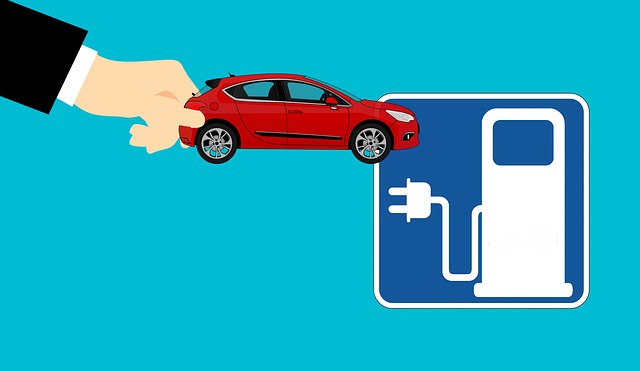
There are dozens of different electric vehicles (EVs) on the market. While most people are familiar with Teslas, other automakers like Nissan, Volvo and Honda have released their own EVs. EVs are powered by a battery. Like all batteries, however, they have a finite storage capacity. You’ll need to charge the battery on a regular basis if you’re planning to invest in an EV.
Most EVs use either a Type 1 or Type 2 charger. The charger is the device that plugs into an EV. It’s used to supply electricity from a power outlet — or a charging station — to an EV. What’s the difference between a Type 1 and Type 2 charger exactly?
What Is a Type 1 Charger?
A Type 1 charger is a type of EV charger that uses the IEC 62196 Type 1 specification. It was pioneered in 2009. Also known as a J plug charger, it’s characterized by its connector type. All Type 1 chargers feature a 5-pin connector.
The 5-pin connector in Type 1 chargers contain the following pins:
- Line 1
- Line 2/neutral
- Control pilot
- Proximity pilot
- Protective earth
What Is a Type 2 Charger?
A Type 2 charger is a type of EV charger that uses the IEC 60309 specification. Type 2 chargers feature a 5-pin connector. They were originally designed by Mennekes around the same time as the Type 1 charger. Since then, Type 2 chargers have become increasingly common. More and more EVs now support a Type 2 charger.
The 7-pin connector in Type 2 chargers contain the following pins:
- Proximity pilot
- Control pilot
- Protective earth
- Neutral
- Line 1
- Line 2
- Line 3
Differences Between Type 1 and Type 2 Chargers
Type 1 and Type 2 chargers aren’t the same. They are two different types of EV chargers, each of which uses its own unique specification. In Europe, Type 2 has become the universal charger type for EVs. In North America, on the other hand, most EVs use a Type 1 charger.
Type 2 chargers are also single phase. Type 2 chargers, in comparison, support single phase and three-phase power.
You can easily distinguish between Type 1 and Type 2 chargers by inspecting the pins. As previously mentioned, Type 1 chargers feature a 5-pin connector, whereas Type 2 chargers feature a 7-pin connector.
If you buy a new EV, chances are it will come with a Type 1 charger. Most EVs sold in North America use a Type 1 charger. EVs sold in Europe, conversely, typically use a Type 2 charger. They serve the same purpose of charging the EV’s battery; Type 1 and Type 2 chargers simply feature different design specifications.

